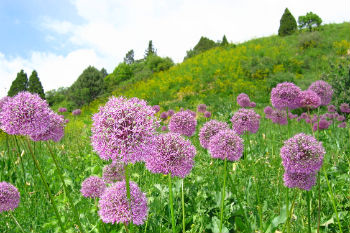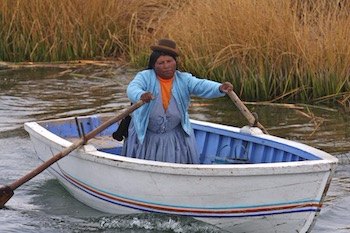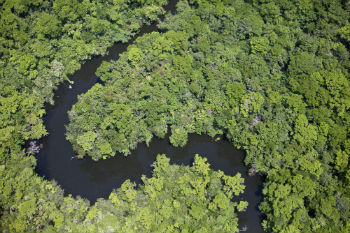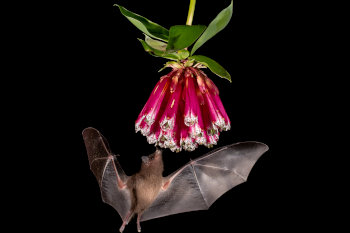Main menu
CEPF is a joint initiative of l’Agence Française de Développement, Conservation International, the European Union, Fondation Hans Wilsdorf, the Global Environment Facility, the Government of Canada, the Government of Japan and the World Bank. A fundamental goal is to ensure civil society is engaged in biodiversity conservation.
Visitez le site français コア情報の日本語翻訳を読むOr use Google Translate to translate the English site to your language:
GTranslate
Looking Forward: CEPF's Second Investment in the Mediterranean Basin Hotspot
14 September 2017
14 September 2017
The new ecosystem profile was recently completed in preparation for CEPF’s second investment in the Mediterranean Basin Biodiversity Hotspot. Some 500 experts and stakeholders were consulted during the profiling process, which was led by BirdLife International.
During CEPF’s first investment in the region, from 2012 to 2017, we awarded 108 grants to 93 organizations in 12 countries, for a total investment of US$11 million. More than 130 communities benefited from CEPF-funded projects. Fourteen new protected areas were established and actions were taken to protect 15 species on the IUCN Red List of Threatened Species.
A changing environment
Much has happened in the hotspot politically since the first ecosystem profile was completed in 2010. The “Arab Spring” resulted in new political environments. Large movements of refugees and economic migrants have taken place. In several of the hotspot countries, the security situation is a new constraint for conservationists trying to work across the region.
With that said, many governments in the hotspot are becoming more open to collaboration with civil society organizations, and new opportunities are emerging for CEPF grantees to influence planning and policy making.
New findings
Since 2010, more species in the hotspot have been assessed and improved data on species distributions have become available. As a result, the number of globally threatened species from one profile to the next has more than doubled: from 555 to 1,311.
“As we considered new taxa in the updated profile, some groups stood out because of the large proportion of threatened species,” said SEO/BirdLife Spain’s Jorge Fernández Orueta, who managed the profile’s development. “About one third of Mediterranean amphibians and freshwater fishes were revealed as threatened to some degree. The situation of freshwater mollusk is even worst, with more than 50 percent of the species listed as Vulnerable, Endangered or Critically Endangered.”
CEPF’s strategy
In addition to providing an overview of the state of conservation in the hotspot, the ecosystem profile also guides the CEPF investment through “strategic directions.”
Some of CEPF’s six strategic directions for the second investment are similar to those from the first. For example, coastal and freshwater ecosystems will continue to be prioritized, helping build on previous successes and strengthen the conservation community working in these habitats.
Some new themes for the second investment have also emerged. Most of the animals and plants in the hotspot have evolved alongside humans for thousands of years—the region was home to some of the world’s first civilizations. As a result, many of the most threatened terrestrial species are dependent on habitats that are maintained through agriculture, seasonal grazing or the harvesting of wild products.
These species are threatened when the management system is abandoned, when traditional sustainable practices change or when traditional agricultural practices are replaced by more modern ones. Recognizing this reality, CEPF will award grants that work with local resource managers to improve their income and livelihoods while maintaining the hotspot’s biodiversity.
A second new strategic direction focuses on Critically Endangered and endemic plants, while a third will promote the sharing of best practices and knowledge among grantees across the hotspot.
Through the first investment CEPF realized that, to achieve our objectives, we need to prioritize more sites. Future, unforeseen challenges—a security situation or political upheaval, for example—can prevent investment in a specific place. Therefore, to successfully provide funding for a targeted number of priority sites, we needed to expand our list of possibilities, allowing for the flexibility to adapt to the unexpected situations that will inevitably occur during the upcoming five-year investment.
“In this second phase, CEPF will continue to focus on strengthening local and national civil society organizations,” said CEPF Grant Director Pierre Carret. “Our aim is to help build a conservation community in the hotspot countries that will have the resources and capacity for long-term success.”
Read the new ecosystem profile (PDF - 31 MB).





